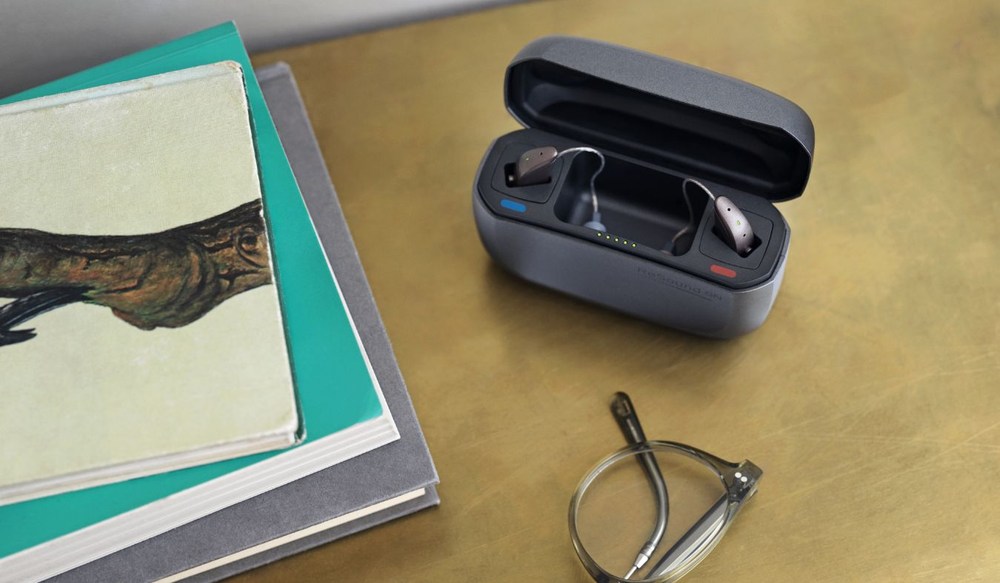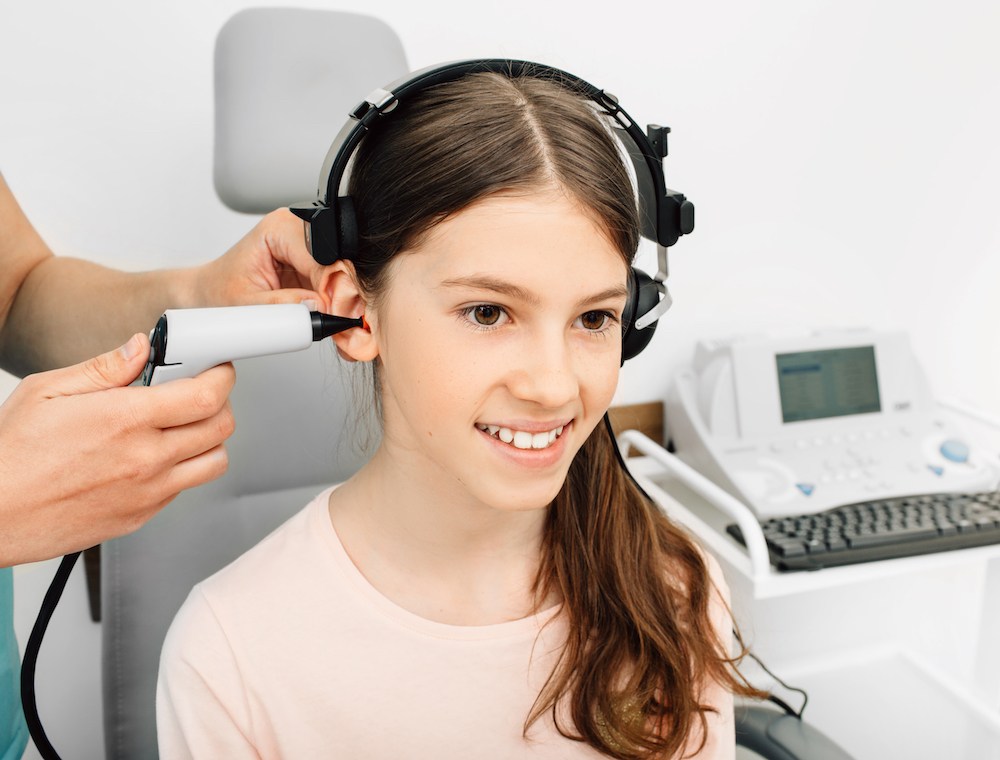Hearing Aids for Musicians: Specialized Features
For musicians with hearing loss, choosing the right hearing aids can be
Now offering the only FDA approved Tinnitus Treatment Device. LEARN MORE →


For musicians with hearing loss, choosing the right hearing aids can be

When was the last time you had your hearing checked? If you’re like

Most people schedule hearing tests when they’re having trouble